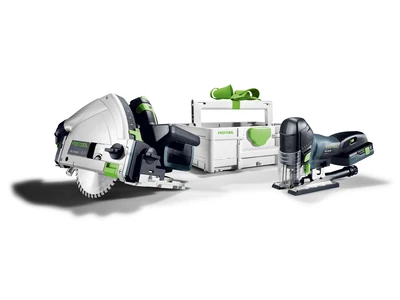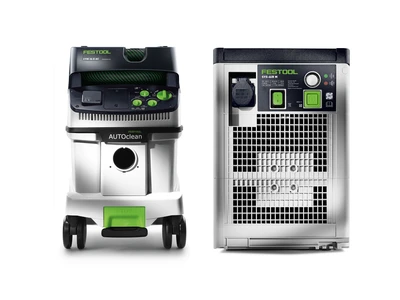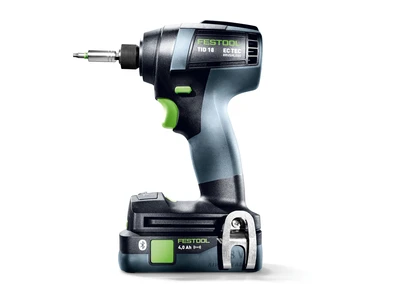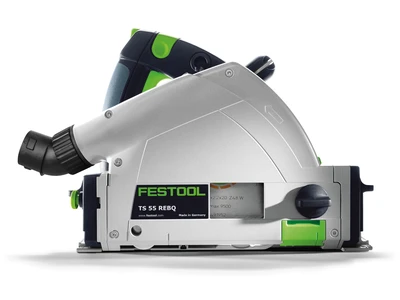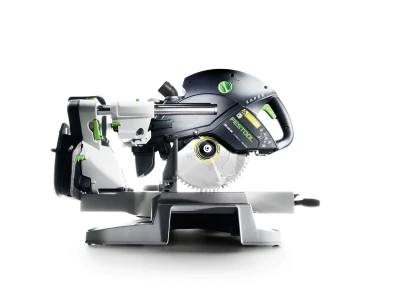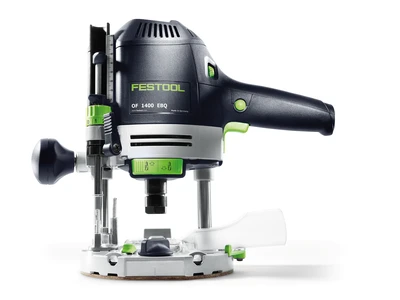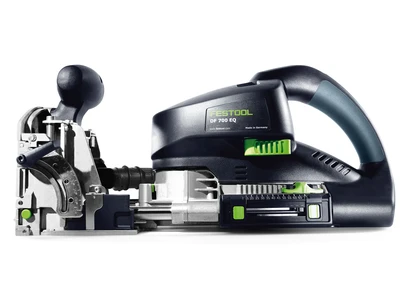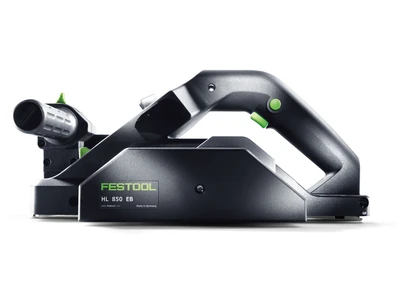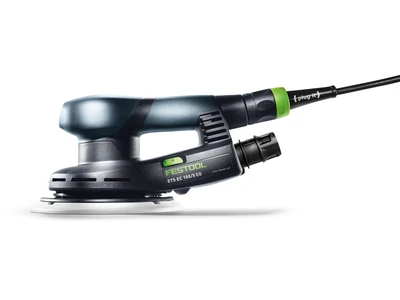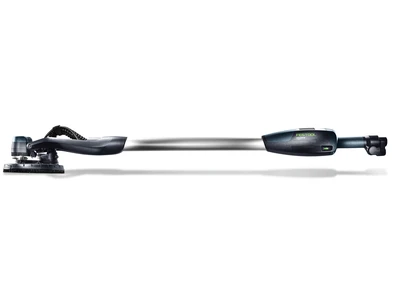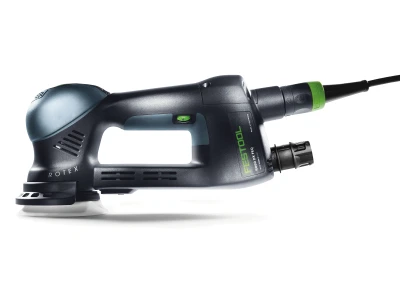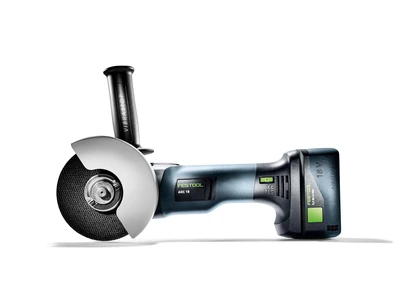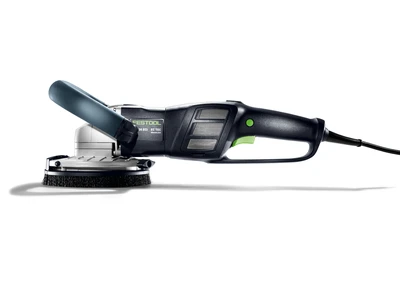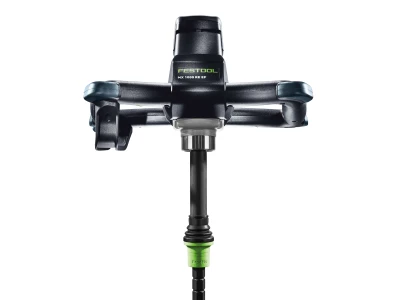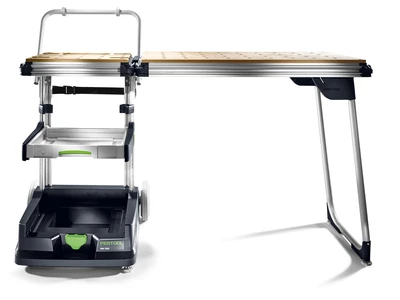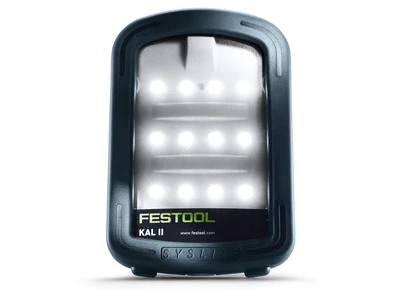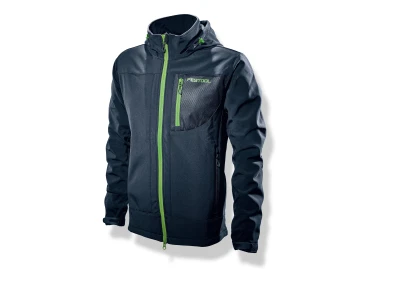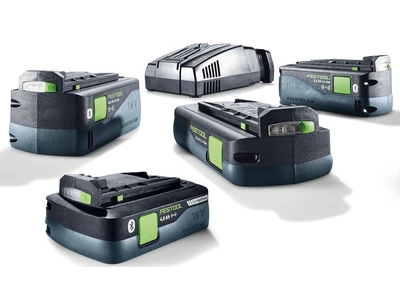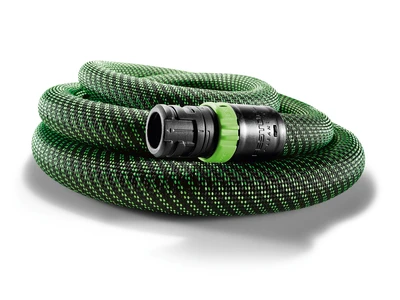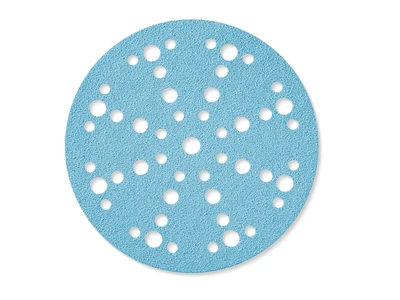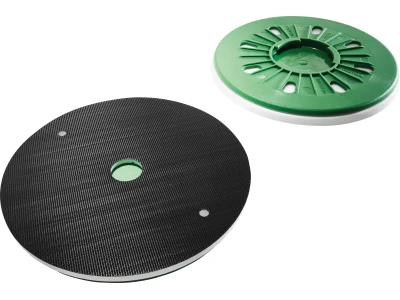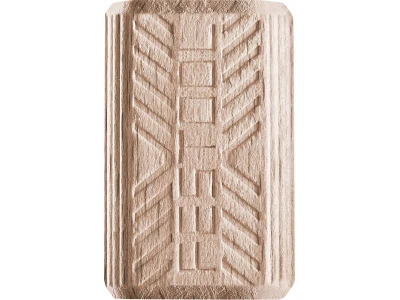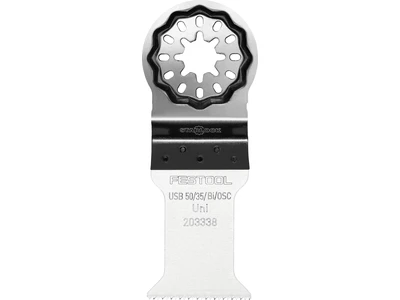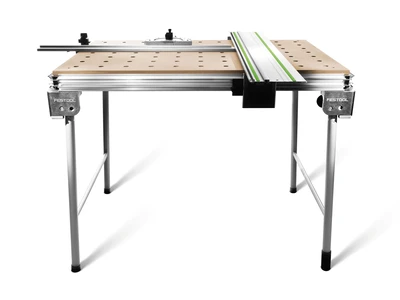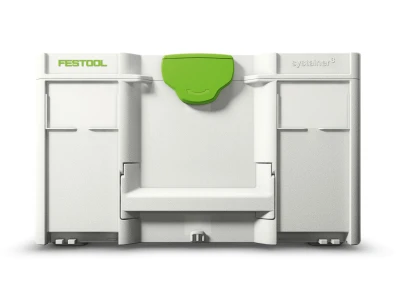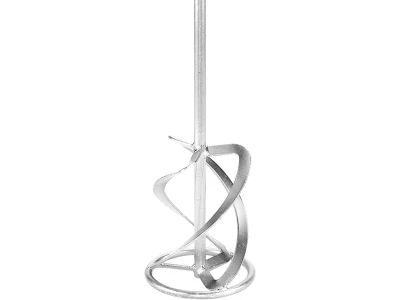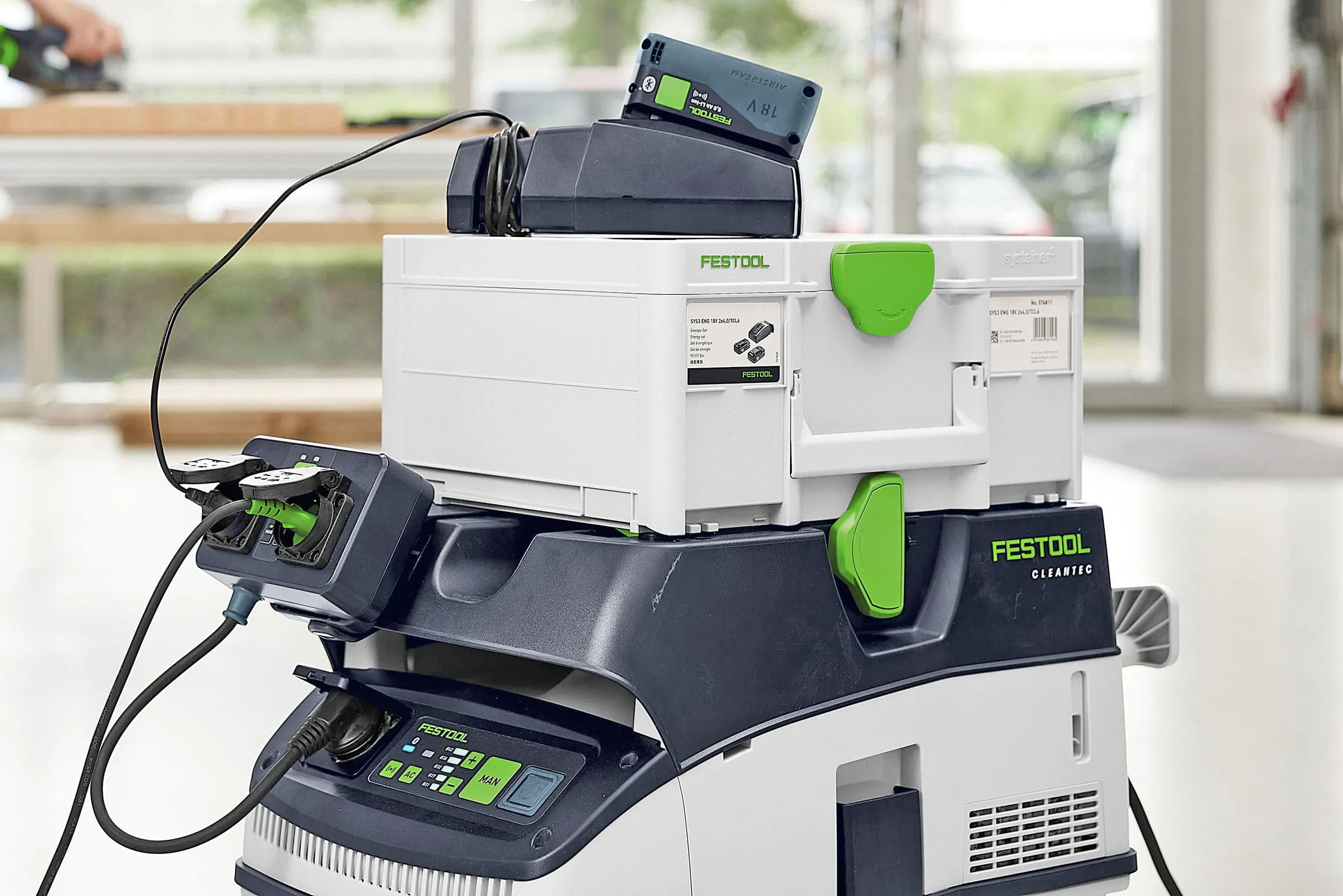
Mould remediation
Work steps and protective measures in case of mould infestation indoors
There has always been more than one opinion on mould remediation – and various ways to reach the goal. Our partner, Remmers, has developed a professional, but also environmentally friendly, solution using natural products. We will present it to you in 12 working steps.
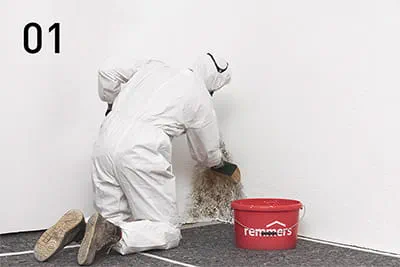
First check the substructure and cover the floors and equipment, then coat the affected surfaces with Remmers mould binder.

Remove defective areas of plaster and old coatings using the renovation miller or the surface-restoration grinder.

Mix PP Fix, an adhesive mortar for mould remediation, using the Festool MX 1200 stirrer and the HS3L mixing container.

Level off (up to 8 mm) the substructure using adhesive mortar PP Fix and a wide filling trowel.

Install partition wall strips for thermal and hygric isolation.

For full-surface adhesion of insulation panels, PP Fix is applied to the wall and panel using a toothed trowel.

Cut wall connection panels to size with Festool TSC 55 and guide rail. Where necessary, sand down any protruding joints with the ETS EC 150/5.

Fill the entire surface of the insulation panels attached to the wall using a toothed trowel and PP Fill.

Using the smoother, integrate reinforcement fabric in the reinforcing mortar using overlapping, crease-free vertical strokes.

Mix iQ Fill fine plaster and fill. When hardened, the plaster is permeable and water-resistant.
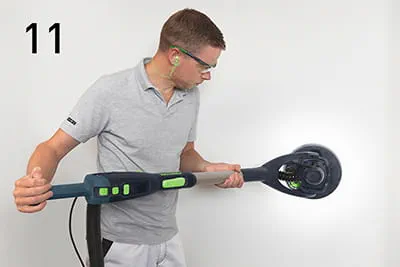
Sand down the filled wall using the Festool PLANEX LHS 2 225 long-reach sander and the Granat Net P120-P180 abrasive.

Then prime the wall and use a silicate paint with natural mould protection for the coating.
How to protect yourself
Healthy working is essential when it comes to tackling mould. To protect your skin and respiratory passages.
- Dust-free work: You must use a mobile dust extractor with dust class H.
- Protect your eyes from dust particles: Wear special tightly fitting dust or safety goggles.
- Protect respiratory passages from mould spores: Wear a respiratory mask (at least FFP3).
- Do not touch mould with your hands: Wear plastic gloves and dispose of them after use
- Keep skin and work clothing clean: Wear a disposable suit with a hood, shoe covers and dispose of it after use.
How to protect your environment
The risk posed by mould originates not just from visibly infested areas, but also from furniture, textiles and objects in the room. The following protective measures should always be observed.
- Objects and fittings should be cleaned carefully or even removed.
- Professionally clean textiles such as carpets or upholstered furniture or dispose of them entirely.
- Floors must be completely covered before mould removal.
- To contain the release of dust, it is recommended that surfaces to be treated are moistened slightly before material removal.
This is how the professionals do it: WORK – mould removal with the paint company Wolfgang Müller



